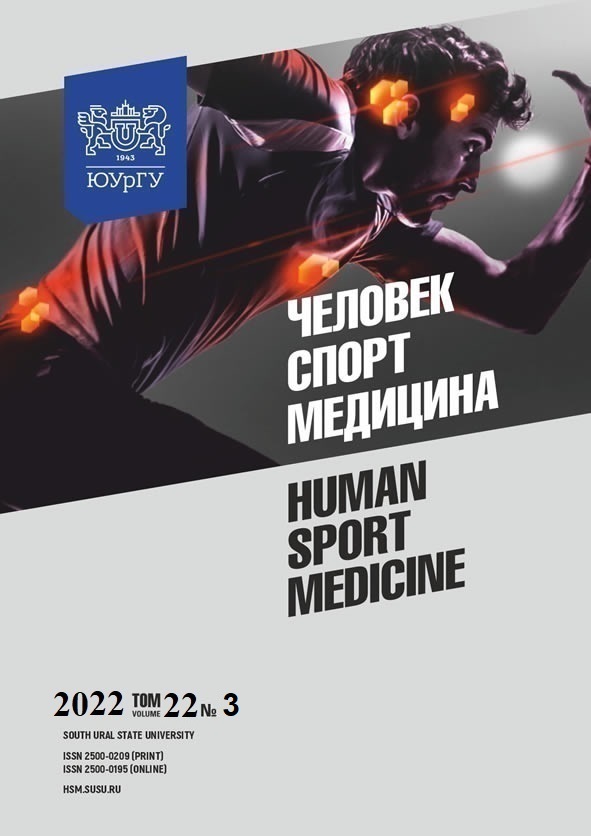PHYSICAL STATUS OF MEDICAL STUDENTS AND ITS INFLUENCE ON THE LEVEL OF PHYSICAL FITNESS
Abstract
Aim. The aim is to assess the physical status and physical fitness of first-year students (general medicine and pediatric faculties) and to compare them with those of graduates for further use as predictors of students’ readiness to work in extreme conditions of a pandemic and other disasters. Materials and methods. Health status measures were performed by the medical board at the beginning of the academic year. Physical performance was assessed using the 2000 and 3000 m running performance tests for girls and boys respectively (endurance tests). Their functional status and adaptive reserves were measured by heart rate variability. Results. The overall level of health status and physical fitness of first-year students (general medicine and pediatric faculties) was low. The results obtained in sixth-year students demonstrate that it is not always possible to improve their level of physical fitness. Therefore, in 27–30% of students, heart rate variability measurements at rest and post-exercise showed adaptation failure. Conclusion. High physical activity and readiness to work in extreme conditions require self-training or university entrance selection with respect to health status.
References
References on translit
Copyright (c) 2022 Human. Sport. Medicine

This work is licensed under a Creative Commons Attribution-NonCommercial-NoDerivatives 4.0 International License.















